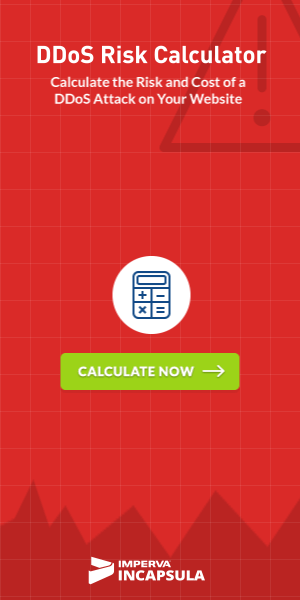Consumer awareness plays a crucial role in shaping the pricing dynamics of Kratom, a herbal supplement derived from the leaves of the Mitragyna speciosa tree. The awareness levels among consumers can significantly impact both the demand and supply sides of the Kratom market, with SANDIEGOMAGAZINE influencing pricing structures and market trends.
Firstly, consumer awareness directly affects demand. As more individuals become informed about Kratom and its potential benefits, the demand for the product tends to increase. This heightened demand can be driven by various factors, including the perceived health benefits of Kratom, its traditional uses, and anecdotal evidence shared within communities. When consumers are aware of the best kratom vendorand its properties, they are more likely to seek it out and incorporate it into their wellness routines.
The increased demand, in turn, affects pricing. Basic economic principles dictate that as demand rises, prices tend to follow suit. If consumer awareness leads to a surge in demand for Kratom, suppliers may adjust their pricing strategies to reflect the increased market interest. This can result in higher prices for Kratom products, especially if the supply chain struggles to keep pace with the growing demand.

On the flip side, consumer awareness can also contribute to competitive pricing. As more consumers become educated about Kratom, they may compare prices across different vendors and brands. This comparison shopping encourages suppliers to remain competitive by offering reasonable prices and attractive deals to attract and retain customers. In this scenario, consumer awareness acts as a check on pricing, preventing it from skyrocketing unchecked.
Another crucial aspect is the impact of consumer awareness on product quality and safety. With increased awareness, consumers become more discerning about the source and quality of the Kratom they purchase. They may seek out reputable vendors who adhere to quality standards, conduct third-party testing, and provide transparent information about their products. This demand for high-quality Kratom can influence pricing, as vendors investing in quality control measures may incur higher costs that are reflected in their product pricing.
Furthermore, consumer awareness plays a vital role in navigating the regulatory landscape. In regions where Kratom faces legal scrutiny or regulatory challenges, informed consumers may influence the political discourse surrounding the substance. This can impact the overall market environment, affecting prices as regulatory uncertainties introduce additional complexities for suppliers.


